PC fabric, a blend of polyester and cotton, combines the best qualities of both natural and synthetic fibres to create a versatile and durable textile. Typically made with a mix of around 65-35% polyester and cotton, this blend offers the softness and breathability of cotton, along with the strength and wrinkle resistance of polyester. Widely used in various applications, PC fabric is known for its comfort, durability, and easy-care properties, making it a popular choice in the textile industry.
Key Features:
- Softness and Comfort: The cotton component in the PC blend provides a natural softness, making the fabric comfortable to wear. It is gentle on the skin, breathable, and moisture-wicking, making it suitable for everyday clothing.
- Durability and Strength: Polyester adds durability to the blend, making the fabric resistant to wear, tear, and shrinkage. This strength ensures that garments made from PC fabric maintain their shape and last longer, even with frequent use.
- Wrinkle Resistance: Thanks to the polyester content, PC fabric is more wrinkle-resistant than pure cotton, making it easier to maintain and reducing the need for ironing. This feature is particularly valuable for busy individuals and industries that require low-maintenance textiles.
- Cost-Effective: The combination of polyester and cotton makes PC fabric more affordable than 100% cotton fabrics while still offering many of the same benefits. This makes it a cost-effective option for manufacturers and consumers alike.
- Easy Care: PC fabric is easy to care for, requiring minimal maintenance. It is machine washable, dries quickly, and is less prone to shrinking and fading compared to pure cotton, making it ideal for everyday use.
Applications:
PC fabric is widely used across various sectors due to its balance of comfort, durability, and cost-effectiveness. Common applications include:
- Apparel: PC fabric is a popular choice for casual wear, t-shirts, shirts, and uniforms. Its blend of softness and durability makes it suitable for both everyday clothing and workwear that needs to withstand regular wear and tear.
- Home Textiles: PC blends are often used in home textiles such as bed linens, pillowcases, curtains, and tablecloths. The fabric’s durability and ease of care make it ideal for household items that are frequently used and washed.
- Athletic Wear: The moisture-wicking properties of cotton, combined with the strength of polyester, make PC fabric a good choice for activewear. It keeps the wearer comfortable during physical activity while providing durability.
- Hospitality and Institutional Textiles: PC fabric is commonly used in the hospitality industry for items like hotel linens, staff uniforms, and table linens. Its wrinkle resistance and easy-care properties make it a practical choice for environments that require frequent laundering and a polished appearance.
- Workwear: PC fabric is often used in industrial and corporate uniforms, where durability, comfort, and easy maintenance are essential. The blend ensures that the clothing remains presentable and comfortable throughout long workdays.
Comparison with Other Fabrics:
- Versus 100% Cotton: While 100% cotton is known for its natural softness and breathability, PC fabric offers better durability, wrinkle resistance, and easy care. It is also more affordable than pure cotton, making it a practical choice for many applications.
- Versus 100% Polyester: PC fabric is softer and more breathable than 100% polyester, making it more comfortable to wear, especially in warmer climates. It also has a more natural feel and appearance, which is preferred in many garments and home textiles.
- Versus Other Blends: Compared to other synthetic blends, PC fabric typically offers a higher level of comfort due to the cotton content while still retaining the benefits of polyester, such as strength and ease of care.
Environmental Considerations:
While PC fabric provides a balance of comfort and durability, it’s important to consider the environmental impact of both polyester and cotton. Polyester, being a synthetic fibre derived from petroleum, is not biodegradable and contributes to plastic pollution. On the other hand, cotton, though a natural fibre, can be resource-intensive to produce, requiring significant amounts of water and pesticides. Efforts to use recycled polyester and sustainably sourced cotton can help mitigate these environmental impacts. Additionally, the long-lasting nature of PC fabric means fewer replacements and less waste over time.
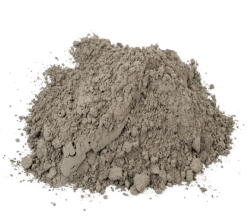
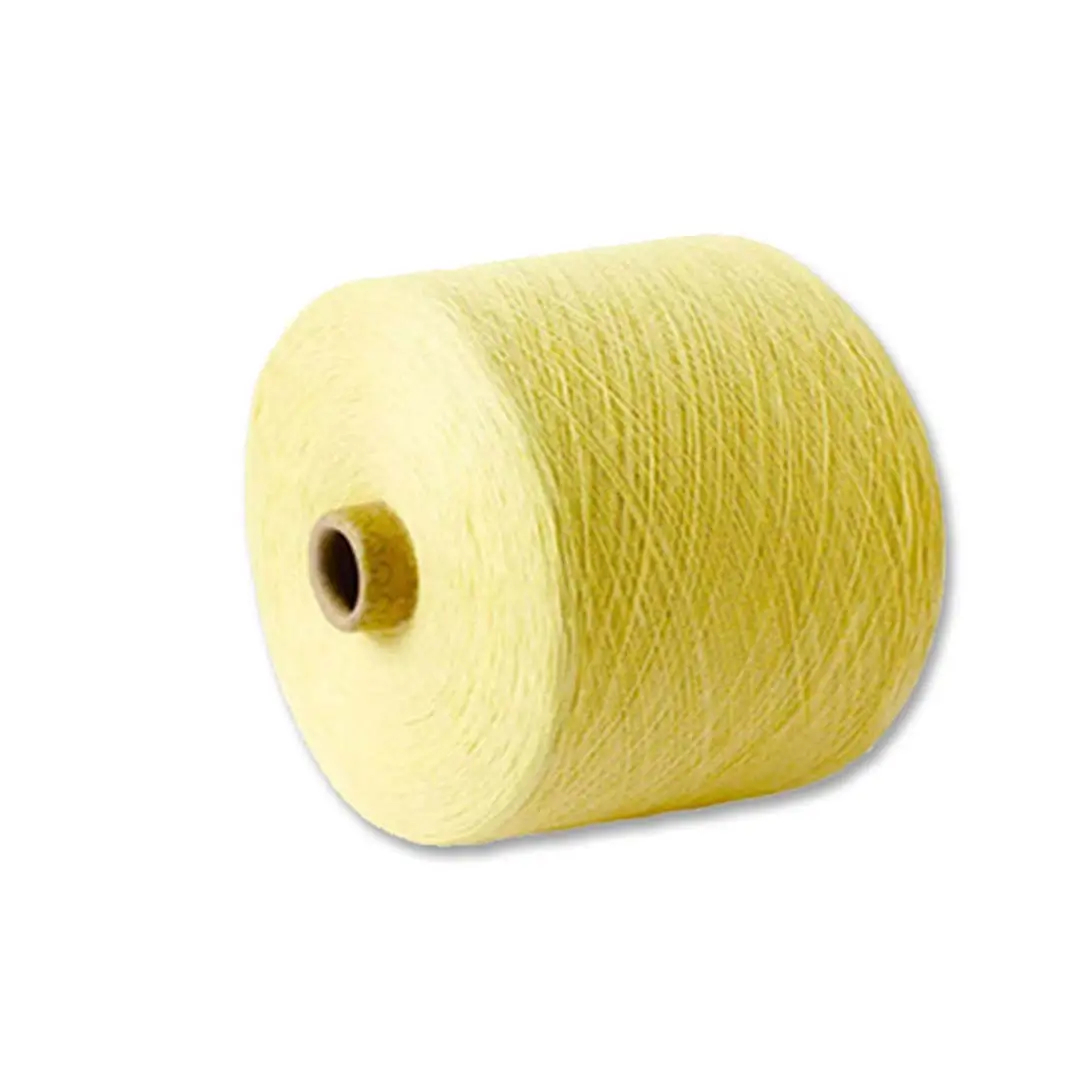
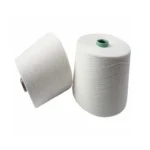
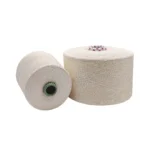
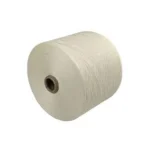
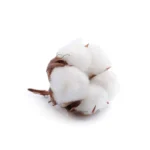
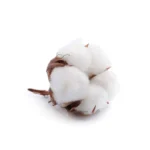
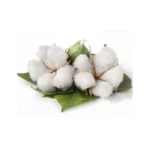
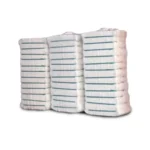
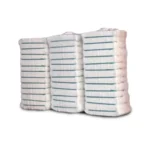


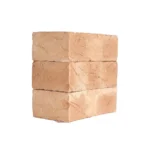
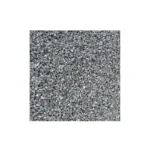
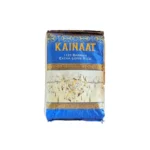
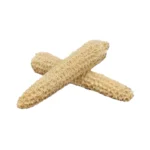
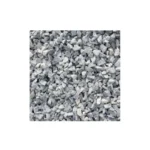
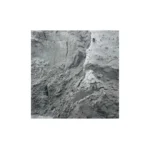
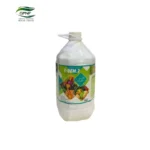
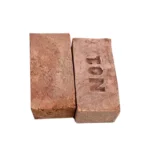
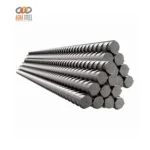
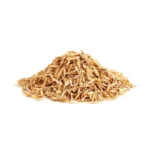
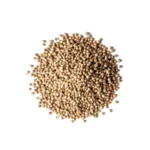
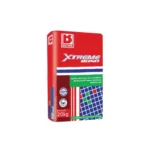
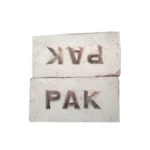
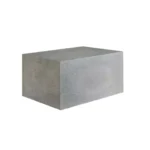
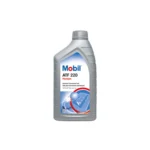
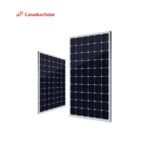
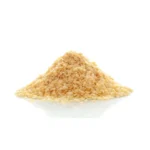
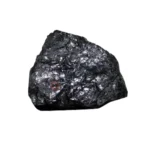
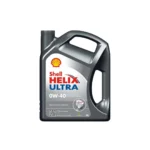
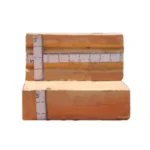
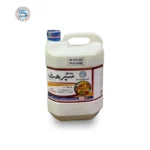
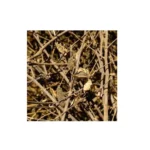
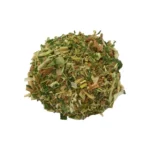
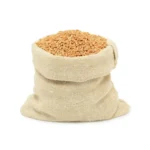
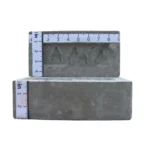
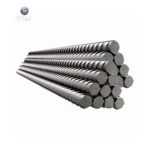
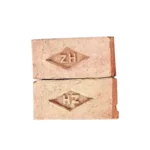
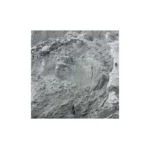
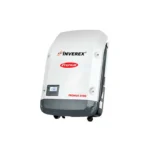
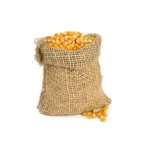
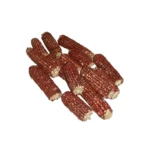
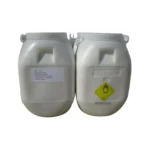
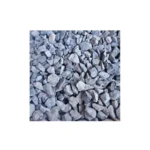
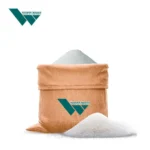
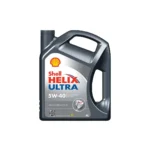
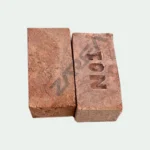
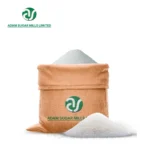
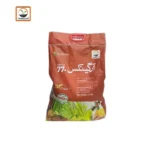
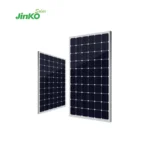
Reviews
There are no reviews yet.